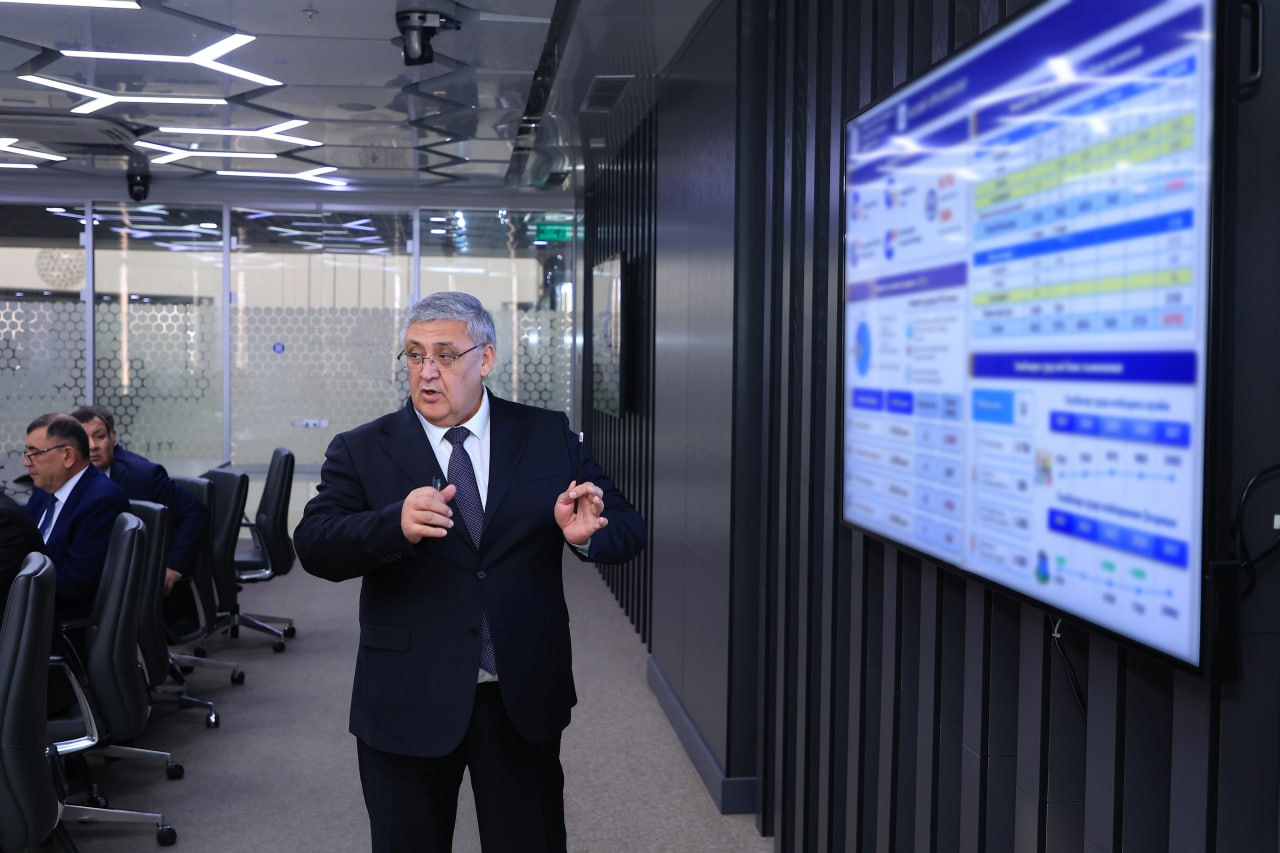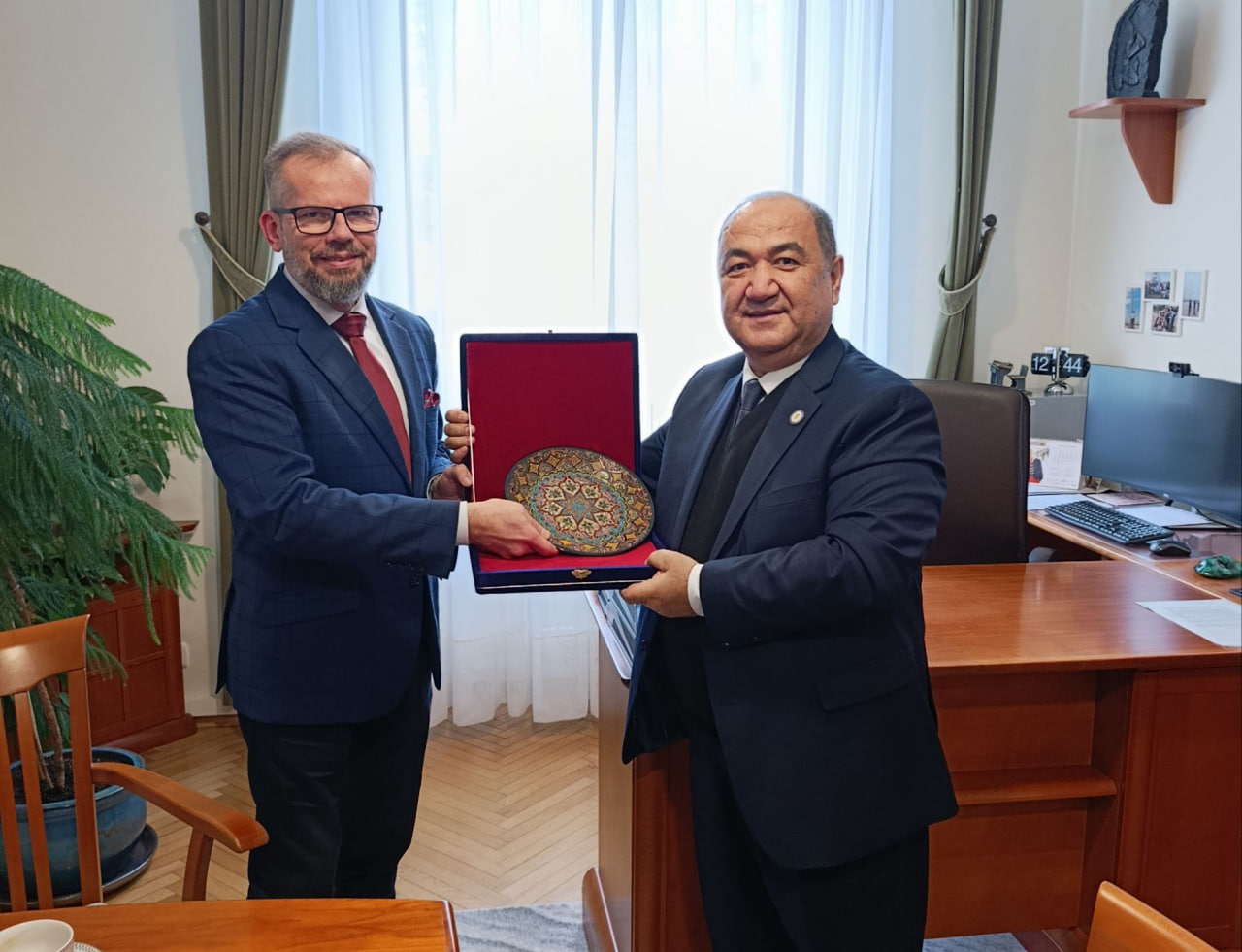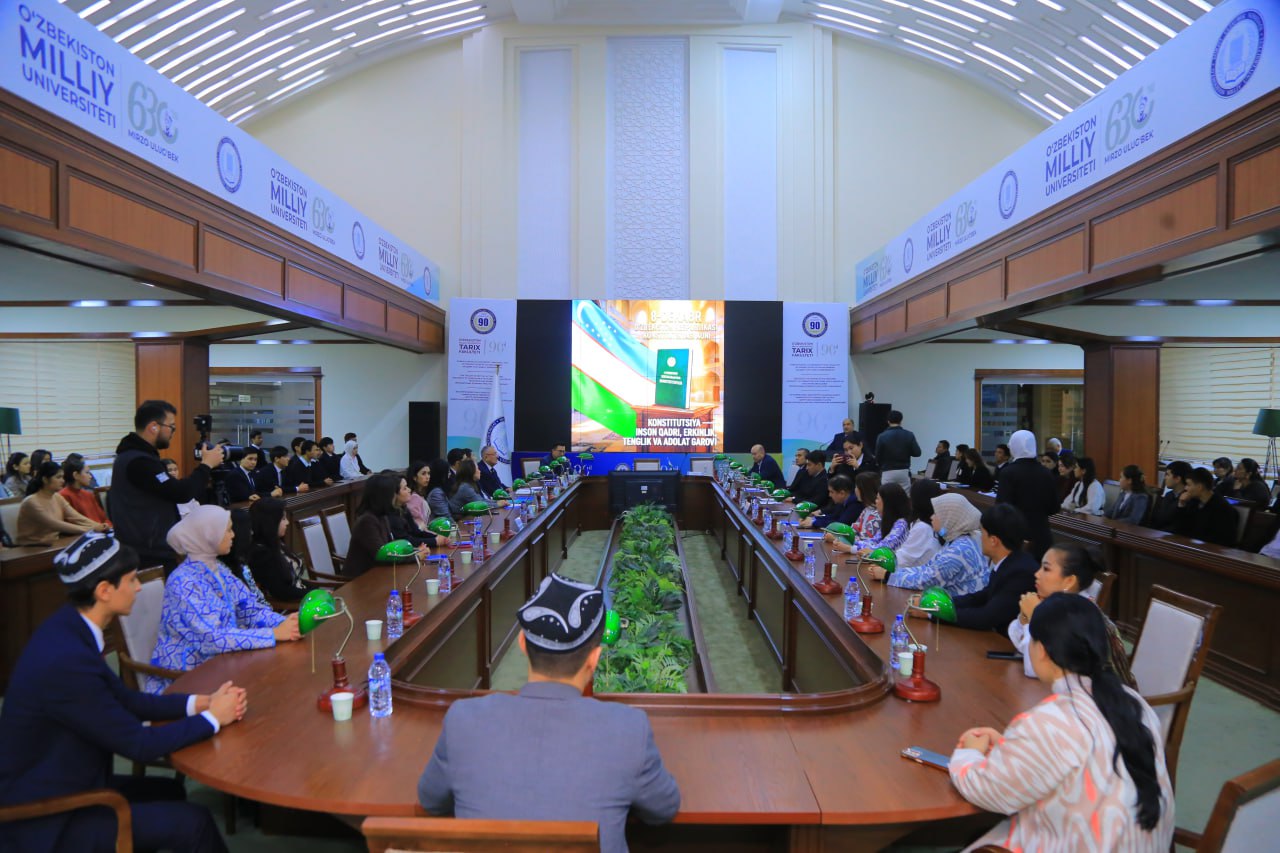Project Manager: Akhunov Talat Akhmatovich
Project completion dates: 01.04.2022-31.03.2027
Project code: FZ-20200929344
Type of the project: Fundamental
Expected results and their significance: During the implementation of the project, we will receive the following main results: long-term series of photometric observations of the selected gravitational lens systems (GLS) will be obtained; analysis of photometric processing methods will be carried out with respect to images of each GLS; photometric processing of lensed components of the systems under study will be carried out; analysis and interpretation of the obtained light curves will be carried out, from which we’ll obtain information about the variability of quasar sources and microlensing in their lensed images; we will analyze the methods of the measuring of time delay between GLS’s images, we will also calculate this parameter in those objects where it is not yet known; we will analyze models of lensing galaxies, determine their parameters; we will develop methods and algorithms for preprocessing and astrometric calibration of ILMT images in TDI mode; on this basis we will analyze, classify and interpret new variable sources.
This project is mainly aimed at the study of gravitationally lensed systems and the associated effects of the time delay and microlensing. This is of great importance, since they are interesting not only in themselves, but also help in solving a number of astrophysical and cosmological problems.
Main results obtained during the reporting period:
Observations of selected gravitationally lensed quasars were carried out and the corresponding observational data were obtained. Photometric processing of observational data on gravitationally lensed systems SDSSJ2124+1632, SDSSJ0806+2006 and GRALJ024848.7+191331 was carried out and the light curves of the corresponding lensed components were obtained. The effects associated with gravitational lensing near compact astrophysical objects were studied. The boundaries of the shadow resulting from the motion of a charged particle in the Kerr-Newman space around a black hole are determined. The corresponding regularities have been determined, according to which, with an increase in the rotation parameter, charge of the plasma and the particle, the shadow size decreases, and with a change in the declination parameter, the shadow center also shifts.
Loyiha doirasida chop etilgan WoS va Scopus bazasidagi xalqaro ilmiy ishlar
- G.Z. Babar, A.Z. Babar, F. Atamurotov //Optical properties of Kerr–Newman spacetime in the presence of plasma // Eur. Phys. J. C (2022) 82:403 // https://doi.org/10.1140/epjc/s10052-022-10326-9
- F. Atamurotov, F. Sarikulov, V. Khamidov, A. Abdujabbarov // Gravitational weak lensing of Schwarzschild-like black hole in presence of plasma // Eur. Phys. J. Plus (2022) 137:567 // https://doi.org/10.1140/epjp/s13360-022-02780-x
- F. Atamurotov, D. Ortiqboev, A.Abdujabbarov, G.Mustafa // Particle dynamics and gravitational weak lensing around black hole in the Kalb-Ramond gravity // Eur. Phys. J. C (2022) 82:659 // https://doi.org/10.1140/epjc/s10052-022-10619-z


